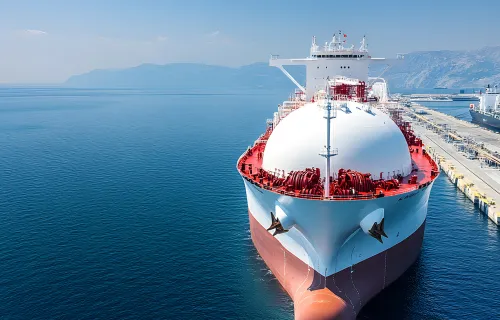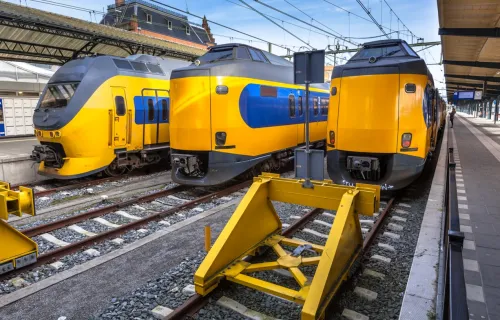Many traffic managers today are dealing with a multitude of disparate legacy systems that were developed over the past 20 years or so. The point-to-point connections among these systems are complex and difficult to manage. In addition, their underlying technology is outdated, making it difficult to respond to evolving traffic management demands.
For example, as road networks continue to expand to meet increasing demand, the complexity of managing them has also significantly increased, requiring not only more roadside technology but more up-to-date systems that can effectively handle the complexity.
With all of the challenges inherent in managing legacy systems, traffic managers are now pushing for modernization to take advantage of new technology and drive innovation in traffic management. More and more managers are moving away from disparate legacy traffic management systems to a single traffic management in-station system managed by a single vendor.
The benefits of a single integrated solution are numerous and include the following:
- Safer journeys for motorists
- More reliable and smoother journeys
- Reliable and timely travel information both before and during the journey
- Improved management of capacity across the entire road network
- Increased economic productivity from reduced travel times
- Enhanced road maintenance planning
Of course, moving to a single solution doesn’t mean you need to replace your existing legacy roadside devices and outstations, all of which can provide valuable data to the new in-station system. Instead, operators can standardize the protocols used to communicate with the various outstation systems in order to continue to improve process, workflow and decision support.
This type of approach will enable the introduction of new data feeds and, where necessary, the repurposing of existing data to meet new/emerging business requirements for effective traffic management; for example, those related to ongoing developments in vehicle-to-vehicle (V2V), vehicle-to-infrastructure (V2I) and vehicle-to-everything (V2X) control.
For operators, a single intuitive user interface will replace the need for current multiple subsystem screens and the high administrative burden they impose during times of heavy disruption on the road network.
A further significant advance is that the traditional “hard coded” approach to system logic (scenarios and plans) is replaced with one that is configurable by the operator’s planners, enabling systems to provide decision support to operators both safely and responsively.
By adopting this approach to modernizing legacy traffic management systems, operators benefit from far more adaptive, scalable and fit-for-purpose, “joined up” systems that have the capability of meeting the increasing real-world demands of both the private and commercial motorist. The result is a significantly improved travel experience for work, education, retail and leisure, while at the same time enabling businesses to access markets and distribute goods and services more effectively.
In future blogs, we’ll dive into some of the key traffic management areas where modernization has become a critical need and explore the best roadmap for achieving modernization in each area. While modernization requires investment and can be arduous, with the right roadmap and partner, it can be done successfully and yield significant long-term advantages.





